Antimicrobial Fabrics: Are They Safe for Your Skin?
Are the fabrics marketed to keep you clean actually harmful to your health and the environment?
Antimicrobial fabrics can be effective against odor and bacteria, but many contain potentially harmful treatments that affect your skin microbiome and the environment. Natural alternatives like organic cotton, linen, and hemp offer safer options without synthetic treatments.

How Antimicrobial Fabrics Work
Antimicrobial fabrics are textiles treated with agents that inhibit bacterial, fungal, or viral growth. The most common treatments use metallic nanoparticles, chemical coatings, or synthetic additives to create a protective effect.
While these treatments can be effective, their safety and long-term impact on health are highly debated. Many leach into the skin or wash off into the environment, causing potential harm. Here's a closer look at the three most common antimicrobial treatments and their risks.
Silver Nanoparticles: Hidden Dangers
Silver has been used for centuries for its antimicrobial properties. Modern antimicrobial fabrics often incorporate silver nanoparticles, which release silver ions (Ag⁺) that disrupt bacterial cell membranes and interfere with enzyme functions, ultimately killing bacteria.
- Leaching into skin: Studies show silver nanoparticles can be absorbed through the skin, raising concerns about long-term accumulation in human tissue.
- Environmental impact: Silver washes out of fabrics over time and enters wastewater systems, toxic to aquatic organisms.
- Resistance development: Frequent exposure to low levels of silver ions may contribute to antimicrobial resistance, making bacteria harder to kill over time.
Copper-Infused Fabrics: Popular But Problematic
Copper is another widely used antimicrobial treatment. Copper ions penetrate bacterial membranes, disrupting cellular function and killing bacteria.
- Skin irritation: Copper can cause contact dermatitis, especially in those with metal sensitivities.
- Decreasing effectiveness: The antimicrobial properties fade with repeated washes, often within 20-30 washes.
- Environmental harm: Like silver, copper nanoparticles leach into wastewater, accumulating in ecosystems.
Zinc Oxide Treatments: Not As Safe As They Seem
Zinc oxide is commonly used in sunscreens and textiles for its antimicrobial and UV-protective properties. While it can inhibit bacterial growth, its use in clothing is controversial.
- Skin absorption: Limited research exists on long-term exposure to zinc oxide in textiles, but studies suggest possible irritation and systemic absorption.
- Skin reactions: Some individuals experience itching, redness, or rashes when wearing zinc-treated textiles.
- Environmental toxicity: Zinc nanoparticles accumulate in soil and water, posing potential risks to plant and animal life.
The Hidden Concerns with Antimicrobial Fabrics
Practical Tip
When shopping for clothing or bedding, check product labels for terms like "antimicrobial," "odor-resistant," or "silver-infused." These keywords indicate synthetic treatments that may affect sensitive skin. Opt for organic fabrics instead, which (technically) prohibit these treatments.
The Risks for Sensitive Skin
While antimicrobial fabrics claim to prevent odors and bacterial buildup, they often come with hidden chemical exposure. Many treatments do not discriminate between good and bad bacteria, disrupting the skin microbiome—leading to irritation, dryness, and allergic reactions.
For individuals with eczema, rosacea, or sensitive skin, exposure to metal nanoparticles, synthetic coatings, or harsh chemical finishes can cause flare-ups and discomfort.
Just because a fabric is labeled "antimicrobial" doesn't mean it's beneficial for your skin. Sometimes what your skin needs most is gentle, natural materials free from synthetic treatments.

Natural Antimicrobial Alternatives
If you're looking for natural antimicrobial textiles that are gentle on the skin, avoid synthetic antimicrobial treatments and opt for historically used, plant-based solutions.
AIZOME's Natural Indigo vs. Standard Bedding
Scientific testing shows how AIZOME's naturally dyed indigo bedding outperforms conventional sheets in preventing bacterial growth—without any synthetic antimicrobial treatments.

The Natural Antimicrobial Power of Organic Fabrics
Many natural fibers exhibit mild antimicrobial properties without any chemical treatments. This natural ability comes from the fiber's structure, moisture-wicking capabilities, and bioactive compounds in the plants themselves:
Organic Cotton
Best Overall for Sensitive Skin
🌱 Grown without synthetic pesticides
🍃 Naturally breathable and hypoallergenic
✅ Mild natural antimicrobial properties when untreated
Linen
Naturally Antibacterial & Durable
🌿 Flax fibers naturally resist bacteria
💨 Highly breathable and moisture-wicking
👕 Contains natural compounds that inhibit microbial growth
Hemp
Antimicrobial & Sustainable
🌱 Contains cannabinoids and lignin that resist bacteria
💪 Highly durable and moisture-wicking
🌎 One of the most effective natural antimicrobial fibers
Indigo-Dyed Cotton
Ancient Natural Antimicrobial
🇯🇵 Traditional Japanese technique enhances natural properties
🔬 Scientifically proven to inhibit Staphylococcus bacteria
Fabrics to Avoid
Some fabrics marketed as "eco-friendly" or "hypoallergenic" are misleading due to their chemical processing methods.
Bamboo Rayon & Viscose
🧪 Processed with harmful synthetic chemicals
❓ Chemical residues may remain in final product
🌿 Misleading "green" marketing despite processing
Tencel (Lyocell)
🌳 "Eco-friendly" claims mask synthetic processing
🧪 Uses synthetic NMMO solvent in production
🧴 Can cause irritation for sensitive skin
Making Better Choices
If you want to avoid greenwashing and make better choices, follow these guidelines:
✓ Look beyond certifications — While GOTS certification is one indicator of organic textiles, some companies like AIZOME maintain even higher standards without the certification. Not all certified products meet the same quality standards.
✗ Avoid fabrics marketed as "antimicrobial" — these often contain metallic nanoparticle coatings harmful to skin and environment. Instead, seek naturally antimicrobial materials.
🔍 Check with manufacturers directly — Speak with sellers to gauge how well they understand their production processes. Companies that truly care about natural antimicrobial properties will know their product in depth.
👁️ Watch for misleading labels — Terms like "bamboo" fabrics often disguise rayon or viscose processed with harmful chemicals. Look for proof, not just claims.
Final Thoughts: Are Antimicrobial Fabrics Worth It?
While antimicrobial fabrics sound promising, most rely on synthetic treatments that pose risks to human health and the environment. If you have sensitive skin or want to limit exposure to unnecessary treatments, avoid fabrics treated with silver, copper, or zinc nanoparticles.
Instead, opt for organic, naturally antibacterial materials like linen, hemp, and indigo-dyed cotton—textiles that humans have relied on for centuries without the need for synthetic antimicrobials. Remember that organic natural fabrics can, under some circumstances, be antimicrobial through the natural ability of the fiber itself, especially when properly processed and maintained.
By making informed choices, you can reduce your exposure to unnecessary treatments and support healthier, more sustainable textile production.

About AIZOME
AIZOME was founded by Misa and Michel, a Japanese-German couple moved by a deeply personal experience: Michel's mother developed painful skin reactions during chemotherapy from conventional textiles. That sparked a question: "What am I really putting on my skin?"
Troubled by the use of synthetic dyes in intimate textiles, they created AIZOME — radically clean, plant-dyed fabrics rooted in Japanese craftsmanship, science, and care.
Founded in 2017, AIZOME has since received multiple awards for its innovation in healthcare, sustainability, and design.



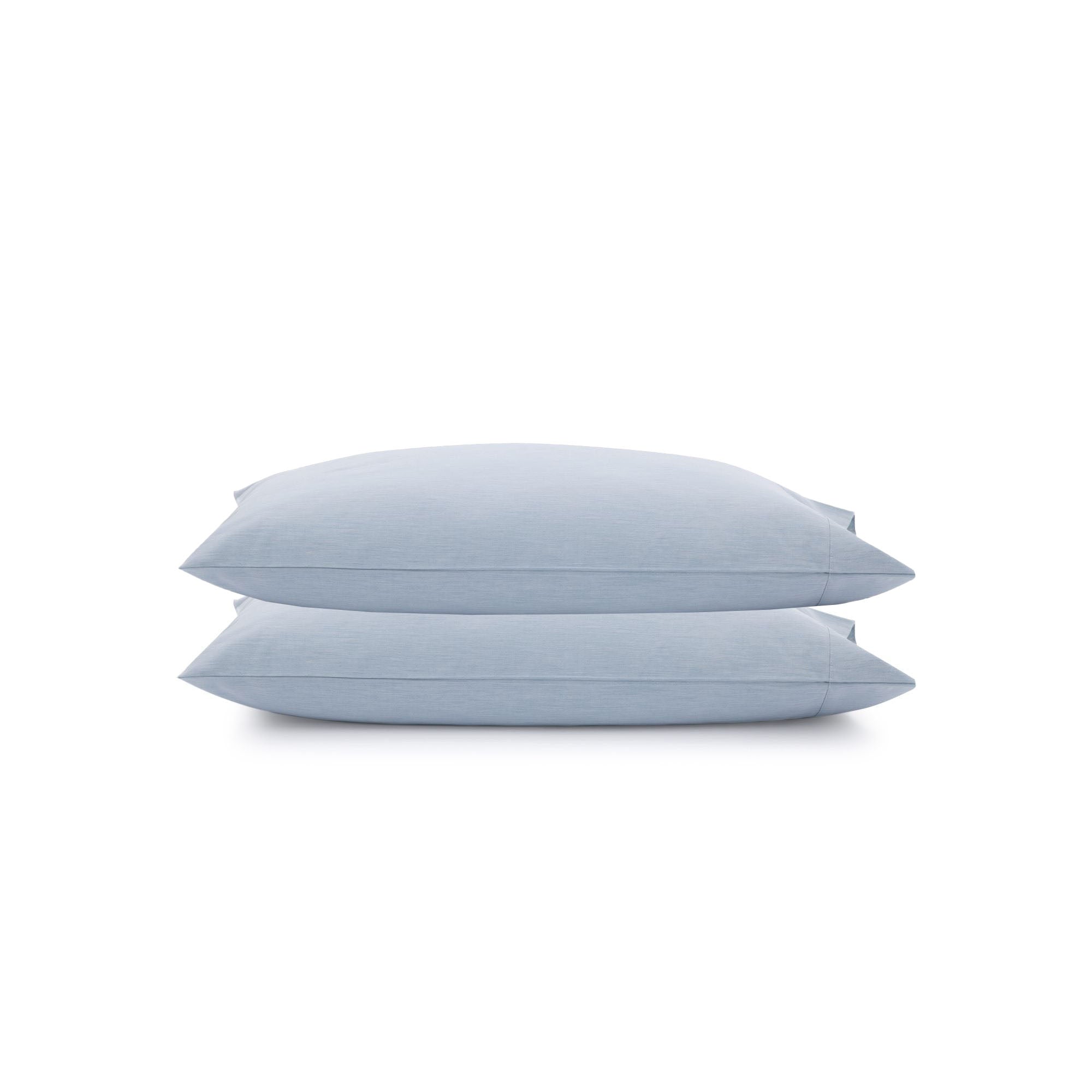
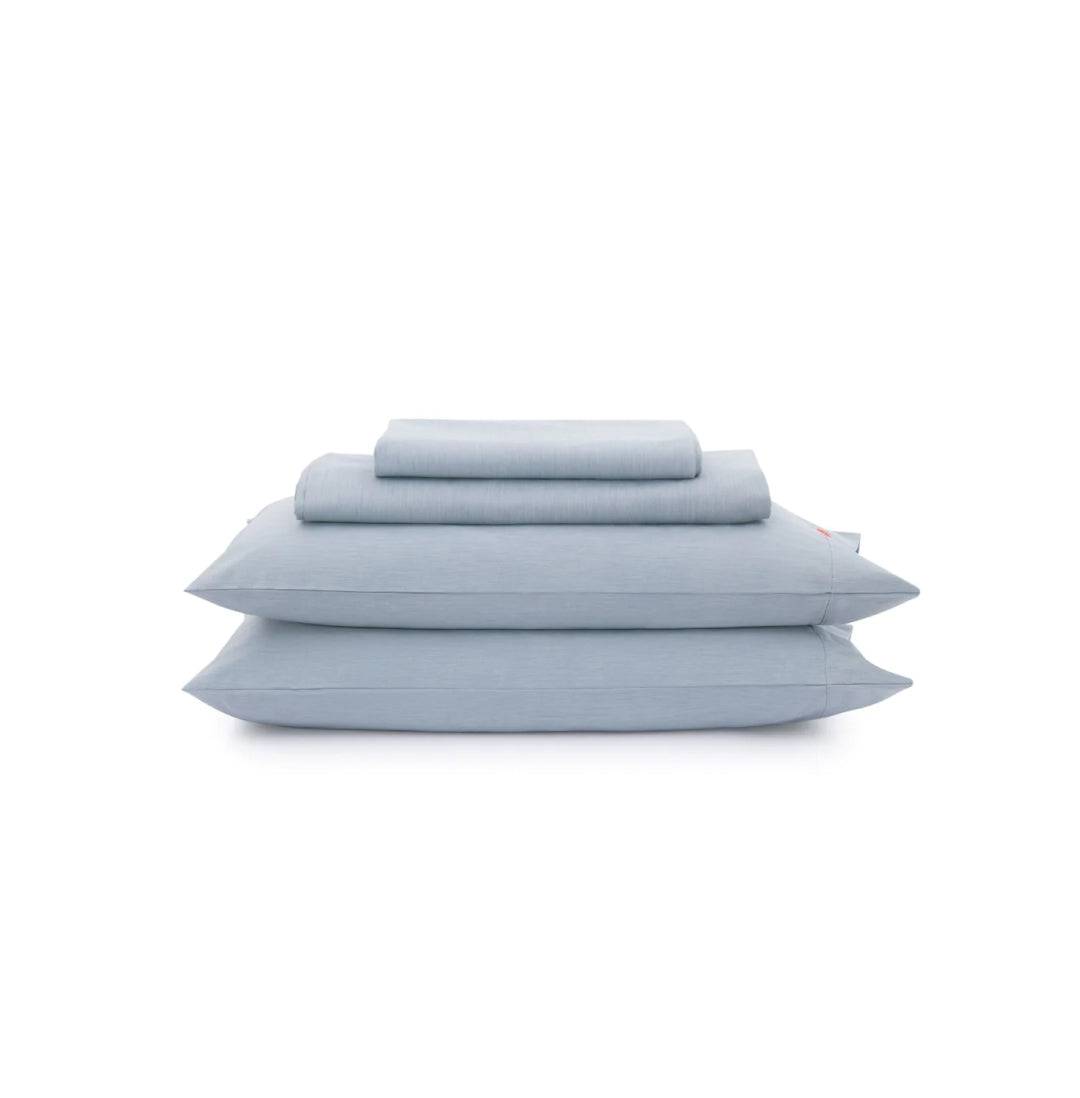
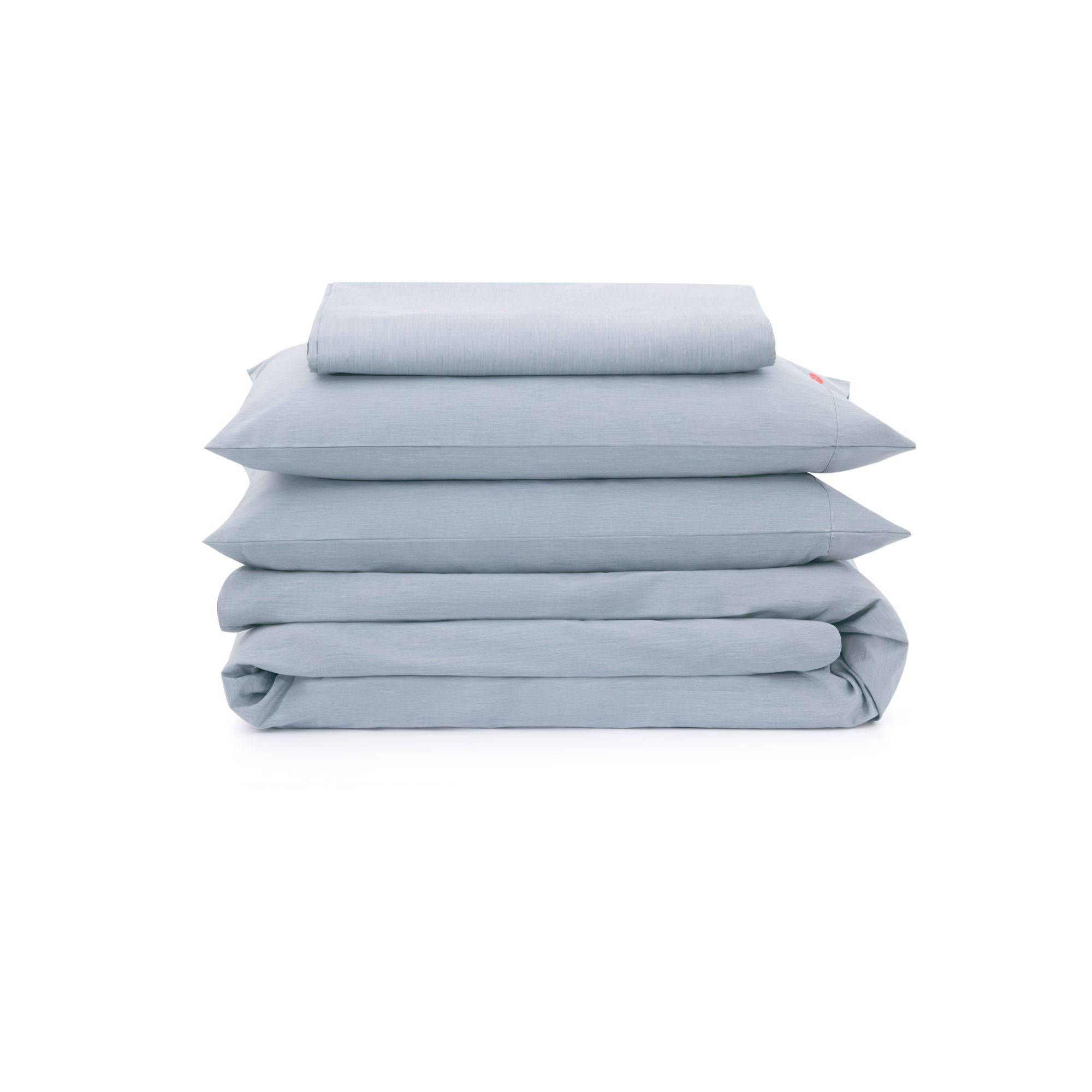
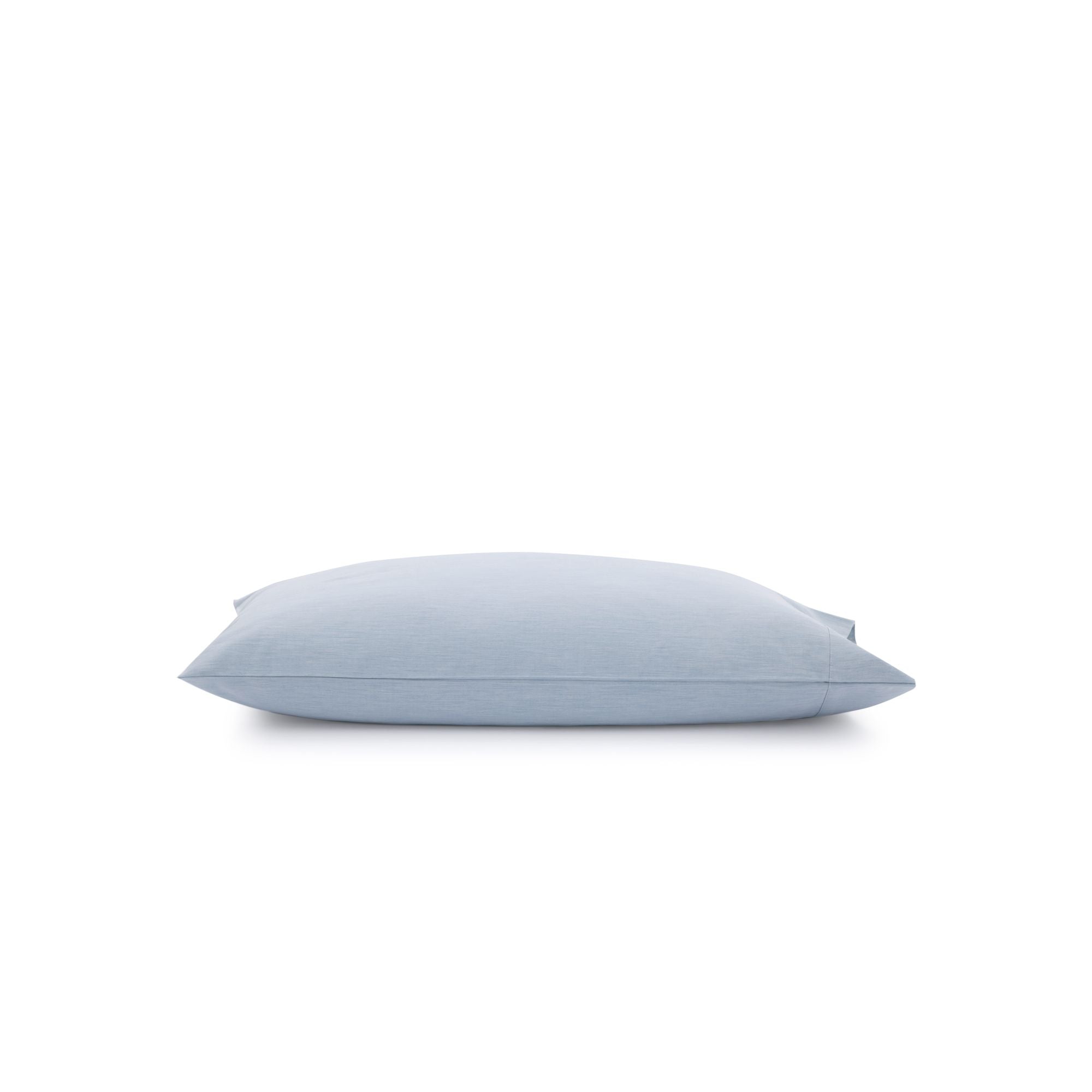
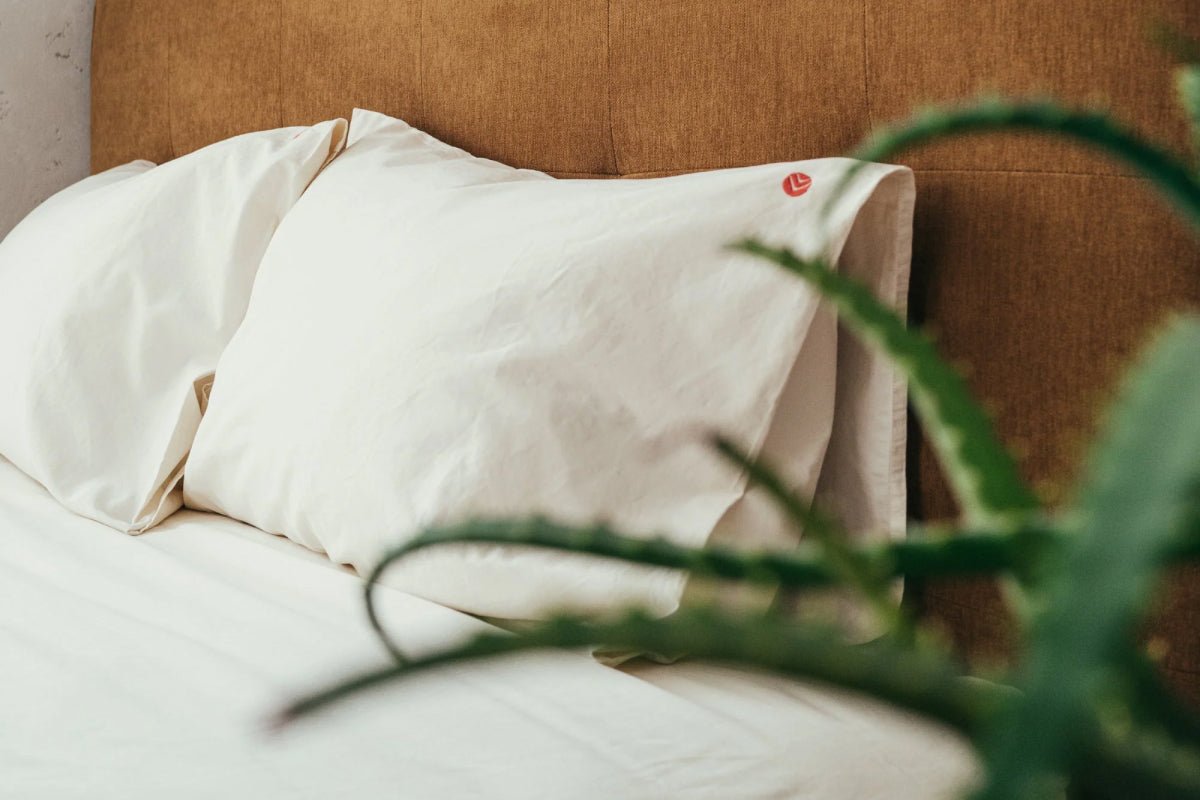 Bedding
Bedding
 Clothing & Accessories
Clothing & Accessories
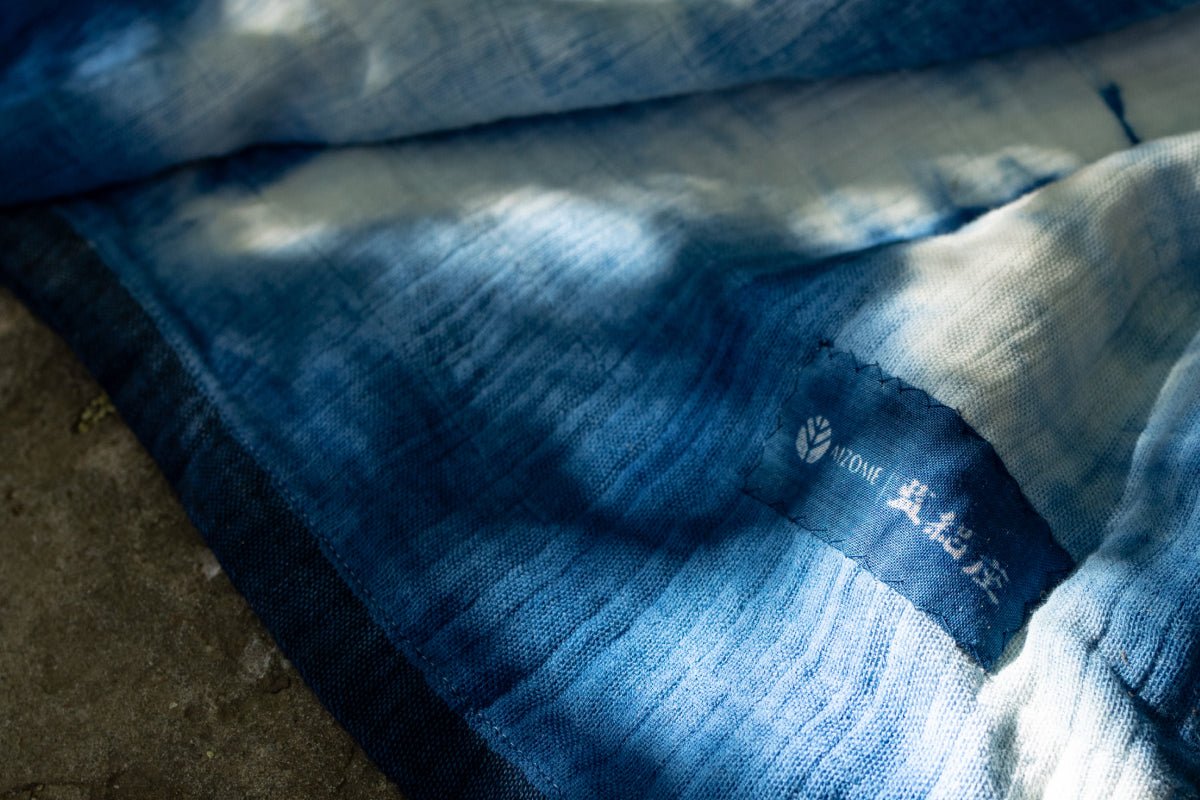 Artisan Line
Artisan Line



Leave a comment
All comments are moderated before being published.
This site is protected by hCaptcha and the hCaptcha Privacy Policy and Terms of Service apply.